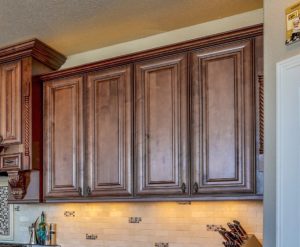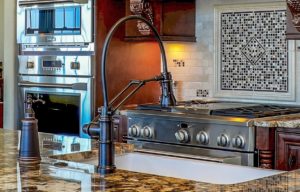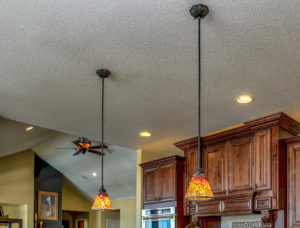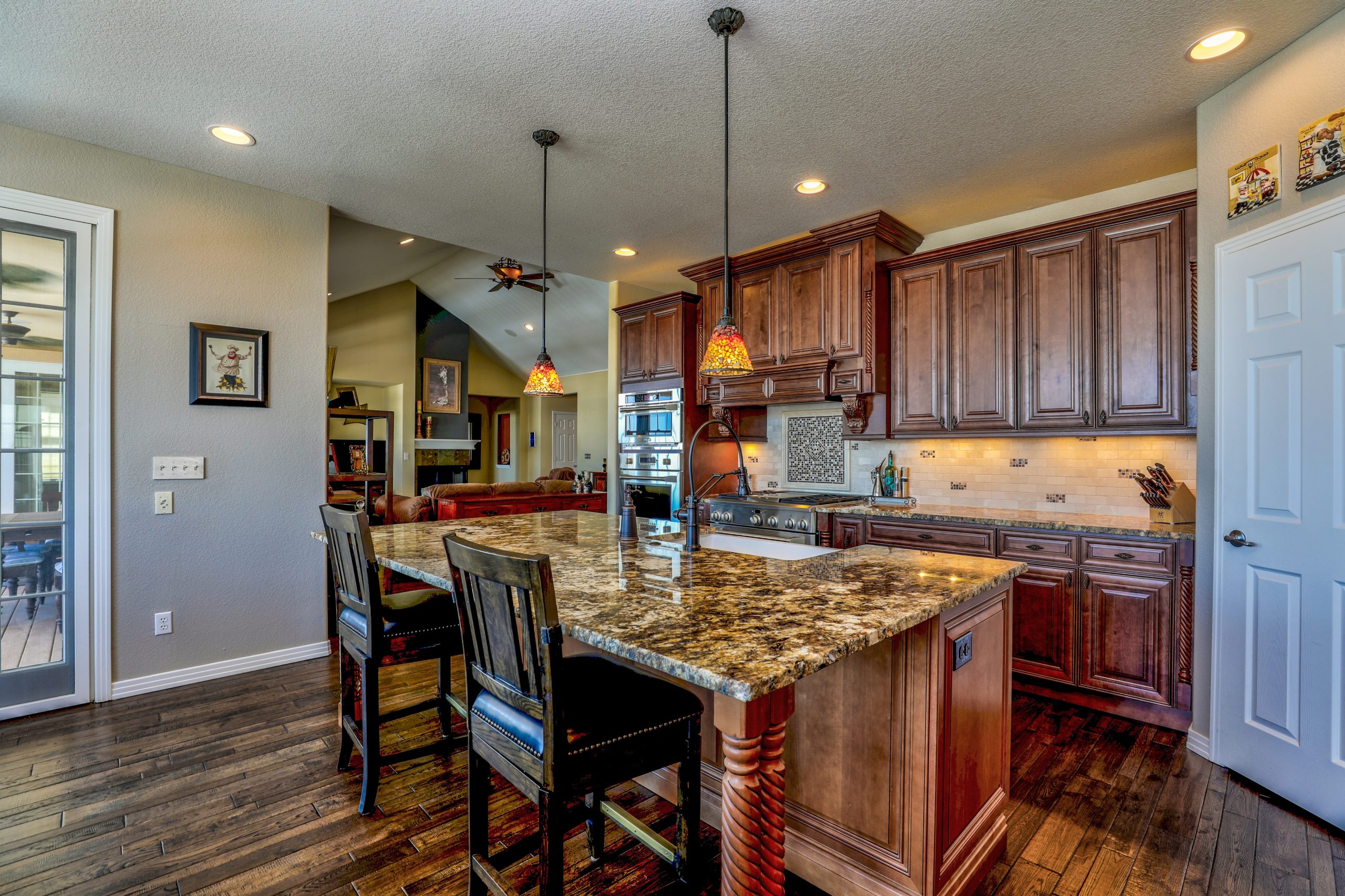Keep these tips about kitchen remodel maintenance in mind to extend the life of your investment.
Getting your kitchen remodeled is a significant project. It makes sense you want to make sure every aspect of the project you spent your hard-earned money not just looks nice, but also lasts as long as possible. After completion of the project, wouldn’t it be nice to have some tips about kitchen remodel maintenance to keep your space in peak condition as long as possible?
Read on to find out more.
There’s some work involved in kitchen remodel maintenance but nothing even close to the sacrifice you already made to get the project completed. Think about all the time you spent without access to your kitchen. Thrown-together meals and all the issues that come along with indoor construction. Think of these tips as a little work to make the sacrifice worth it!
What does kitchen remodel maintenance involve?
If you aren’t used to taking the time to maintain different aspects of your home, it may seem daunting to try and figure out the various elements involved. Where do you start? How soon do you start?
Do you start wiping everything down the day after construction finishes? Or should you wait until signs of wear show up to begin beating back the effects of time?
And the unreachable spaces. Are they off-limits because nobody sees them? Should you get a ladder?
I hope to answer all these questions in the following list about kitchen remodel maintenance. My goal with this article is to set you up for success and provide you with a roadmap moving forward with your brand new kitchen!
The four areas of kitchen remodel maintenance.
Cabinets

- Wipe down cabinets every two weeks using dishwasher soap and water; finish with a dry rag. Avoid harsh cleaners and abrasive materials because these could ruin the finish. Also, avoid using waxes as these could have harmful interactions with the current cabinet finishes.
- Manufacturers also provide touch-up kits for repairing nicks and scratches. If your cabinet set didn’t come with a touch-up kit, contact the manufacturer or showroom to get one and follow the included directions.
- Use window coverings to minimize the amount of direct sunlight exposure to your cabinets. If sunlight is allowed to hit your cabinets for an extended period, you may notice discoloring in the sunlit area.
Sinks/Plumbing

You may have heard of some of the following; continue to keep in mind the ones you already know about and implement the ones that are new to you.
- Don’t pour grease down your kitchen sink. It can coagulate and create a clog. Similarly, avoid putting potatoes down your drain. The starches in potatoes can create a gummy texture that poses a clogging risk for your sink.
- Use cold water when grinding food waste. The cold water will cause any grease particles present to stay solidified, allowing effective flushing down the drain.
- Grinding small bones and ice cubes is beneficial for your garbage disposal. These serve to clean the inside of the machine and remove any built-up food waste from creating issues with drainage. Do this once every two weeks.
- Once a month, fill your sink with hot water and pull the plug. The combined weight of the water and the heat will make sure your drains stay flushed and prevent future clogs from forming.
- When lime and sediment build up in your sink faucet, it can lose pressure or force water to shoot out at an angle. Once a month, take it apart and clean with a small brush and vinegar.
Counter Tops

- Protect your countertops by using a cutting board when cutting food, a trivet when setting down hot dishes, and a drying rack when doing the dishes. By minimizing the direct exposure of these three potentially damaging elements–sharp metal, heat, and water–you can keep your countertops safe from lasting damage.
- Clean daily with a damp cloth, followed by a dry cloth
Lighting

- Keeping your light clean and dust-free will allow the full brightness of your new lighting to continue shining at full capacity. Dusting should occur every week.
- Using a damp cloth, followed by a dry cloth, wipe down all lighting fixtures (including the bulbs) twice a year.
That’s a lot to track!
You’re right. It is. Keeping up with all of these kitchen remodel maintenance tips can’t be one of those things “you get to when you get to.” There should be a dedicated schedule made to make sure these tasks get completed.
If scheduling isn’t your thing and you decide to wait until it becomes a problem, you run the risk of allowing an aspect of your kitchen remodel maintenance to get past the point of no return. But with your substantial investment, a few minutes here and there should be viewed as a continuation of the investment to maintain its value.
This outline of the kitchen remodel maintenance tasks by frequency is for those who are worried they might forget something. Their performance falls on different timelines, so I wanted to present the tips in this way to put you in the best possible position to succeed.
Tasklist, by frequency
Daily
- Sink/Plumbing: Use cold water when grinding food waste.
- Countertops: Use a cutting board, trivet, and drying rack.
- Countertops: Clean with a damp cloth, followed by a dry cloth.
Weekly
- Lighting: Dust light fixtures
Every 2 Weeks
- Cabinets: Wipe down with dishwater soap and warm water. Finish with a dry rag.
- Sink/Plumbing: Grind small bones or ice cubes to remove built-up debris inside the garbage disposal.
Monthly
- Sink/Plumbing: Fill with hot water and pull the plug. The weight and heat of the water will flush out your drains.
- Sink/Plumbing: Take off and clean your faucet aerator with vinegar to remove built-up lime and sediment.
Every 6 Months
- Lighting: Wipe down all fixtures (including bulbs) with a damp cloth, followed by a dry cloth.
One final suggestion
The last tip is to set aside different days/weekends for various tasks involved in kitchen remodel maintenance. If multiple maintenance tips need to be performed every month, put them on separate weekends instead of loading up one weekend to do everything. When faced with a large chunk of time that has to be devoted to maintenance tasks, there is a higher chance of being overwhelmed.
Better to break it into manageable chunks, never spending too much time in any one stretch.
Basic kitchen remodel maintenance can keep your new kitchen looking great for years. After your initial investment, it makes sense to keep everything in the best possible condition.
Now that you know what’s involved, what’s your kitchen remodel maintenance schedule going to look like? If you need further guidance, call Revere Construction and Roofing today to speak with a kitchen remodel specialist.









